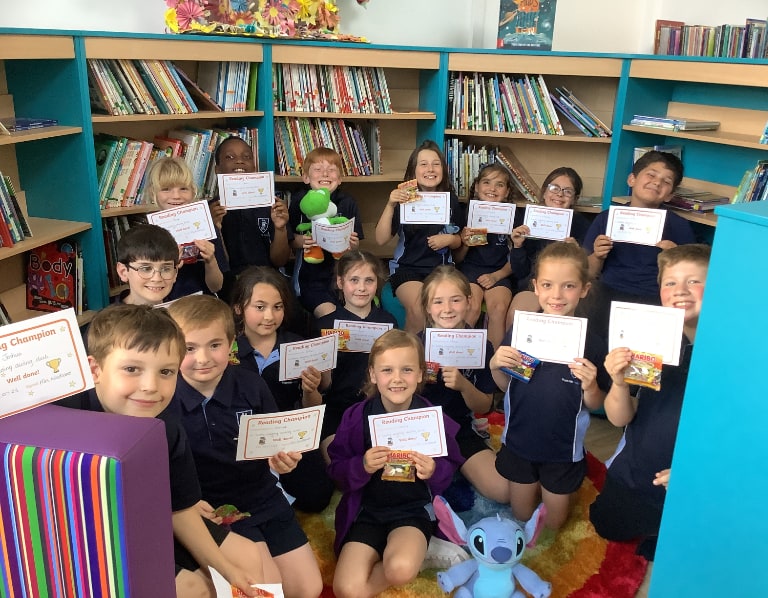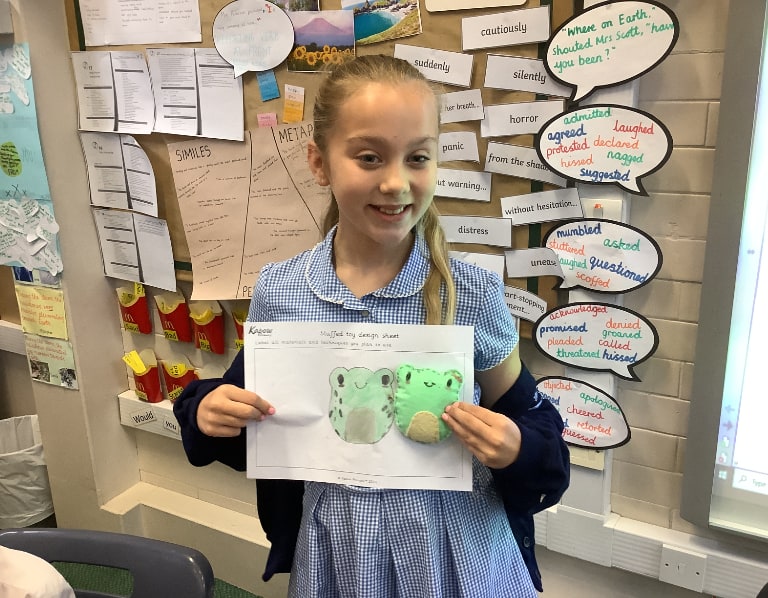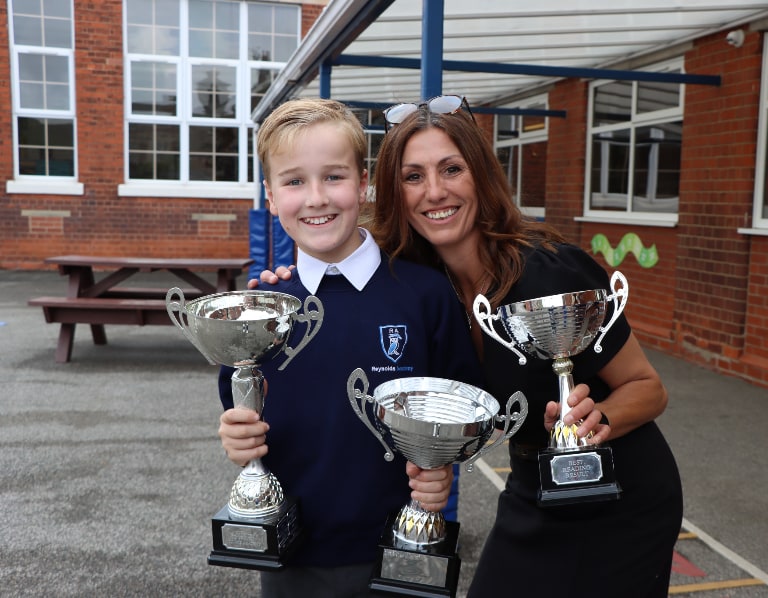Design & Technology
Curriculum Leader: Mrs Ruby Gharib
Intent:
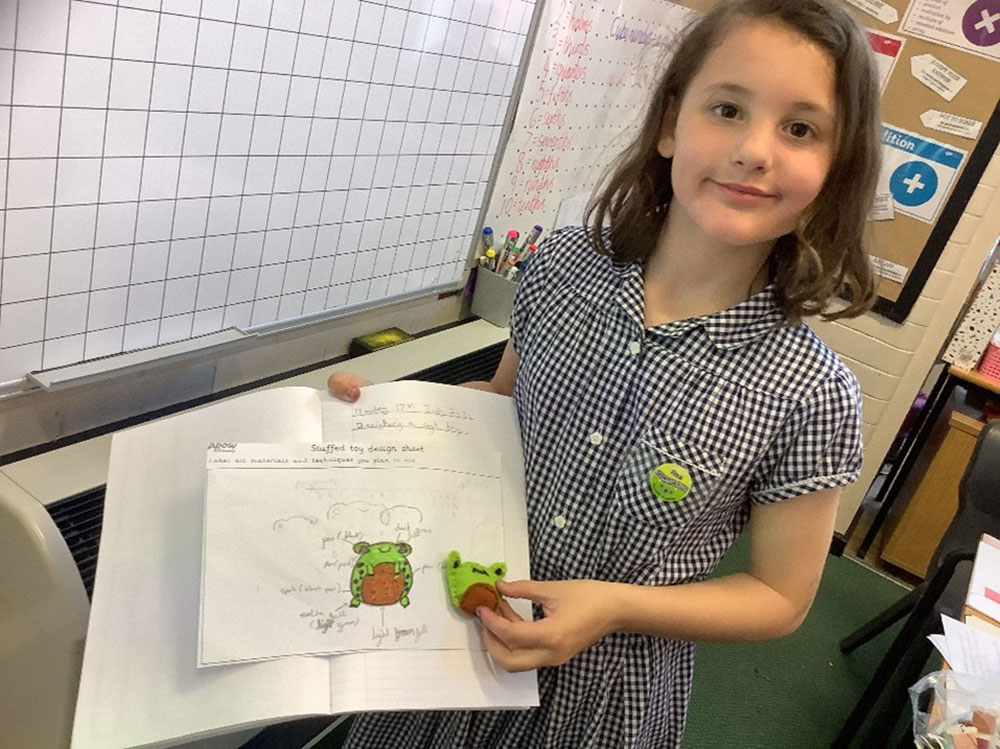
At Reynolds Academy we believe that art stimulates creativity, imagination and inventiveness. We believe that a high-quality art and design education should engage, inspire and challenge pupils and we trust that this gives our pupils the skills, concepts and knowledge necessary for them to express responses to ideas and experiences across the curriculum. Art is not just a subject to learn, but an activity that you can practise with your hands, your eyes and your whole personality to ignite imagination. Our lessons inspire children's creativity in all areas by developing and extending their drawing, painting, collage, textiles and 3D design skills through cross curricular activities. As our pupils progress through art, they will gain a more thorough understanding of the subject, knowing how art and design both reflect and shape our history, and contribute to the culture, creativity and prosperity of our nation.
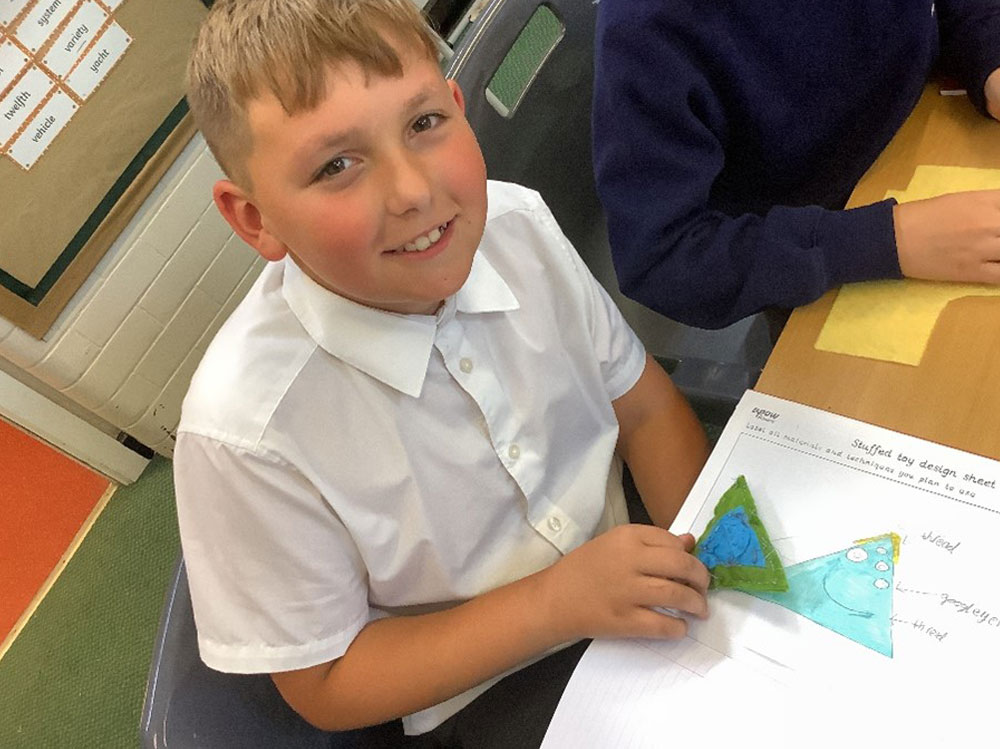
Our Art and Design curriculum builds the importance of team work through communicating, listening and leading. It encourages responsibility and independence by inspiring children to take charge of their own learning through independent decision making, manipulating materials and demonstrating high standards of presentation. Finally, resilience through self-evaluation of work is encouraged, children are taught to improve their work and reach their goals to the best of their abilities. We ensure that art and design lessons across Reynolds Academy cultivate the children with a range of skills to prepare them for the wider world.
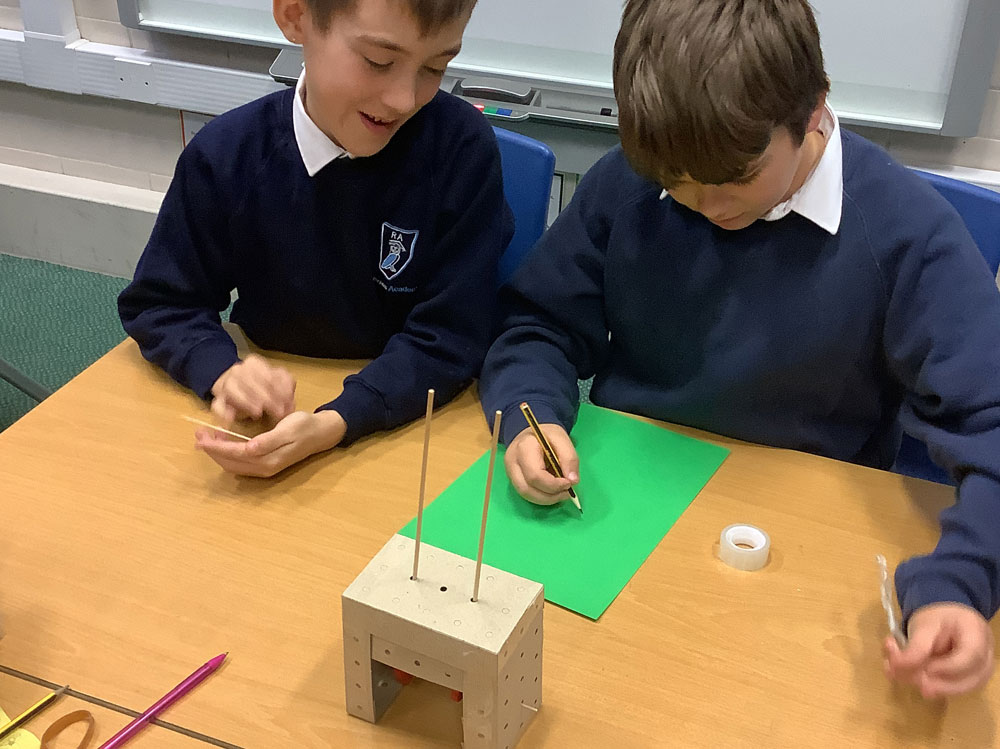
What approach do we take to teaching Art & Design? Most curriculum subjects are taught through a thematic approach. For example, the theme topic may focus on Life in Ancient Greece; Around the World in 80 Days; The Animal Kingdom, amongst many other areas. Our medium-term plans then identify the following, where staff will ensure coverage and skills across the curriculum subject areas, including Art & Design:
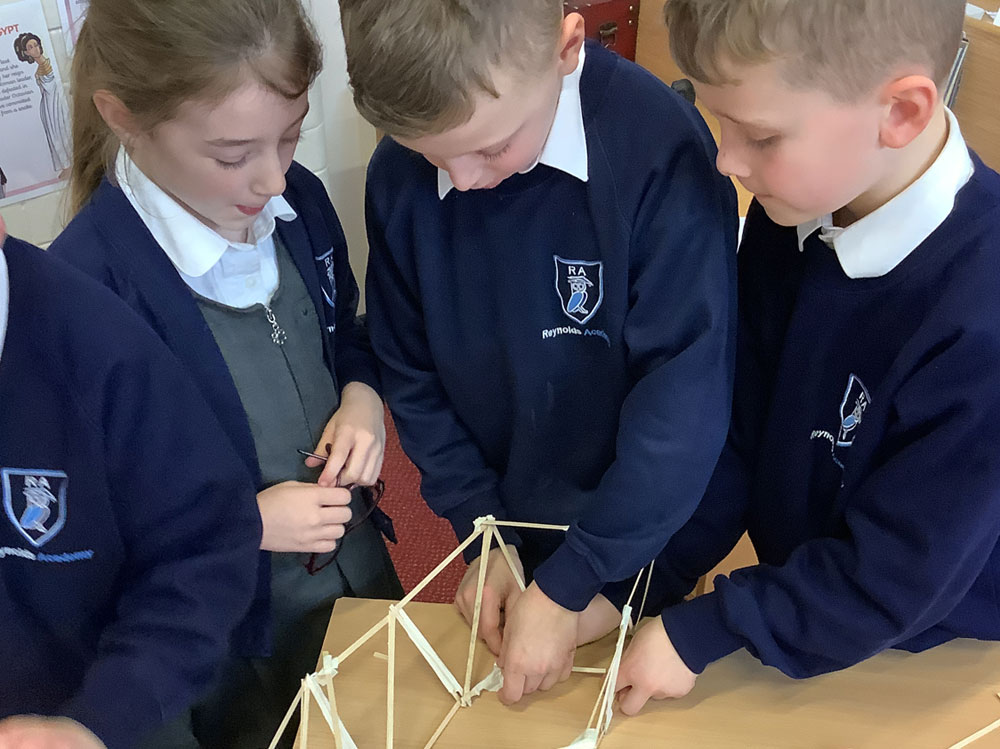
- Intent: What wider skills do we want the children to have developed by the end of this theme, supporting future learning and life skills?
- Intent: Outline the factual/topical areas that will be covered, enhancing the development of knowledge and cultural capital?
- Intent: What opportunities will there be to develop literacy and numeracy skills?
- Intent: Cross-Curricular links: Which curriculum areas will be covered during this theme, developing cross-curriculum knowledge and skills?
- Impact: What opportunities will be provided to assess the development of knowledge and skills?
- Impact: What specific areas of knowledge/skills will be developed during this theme, which will be assessed at different times by the teacher and by the pupil?
- Impact: What specific wider skills will be developed during this theme, which will be assessed at different times by the teacher and by the pupil?
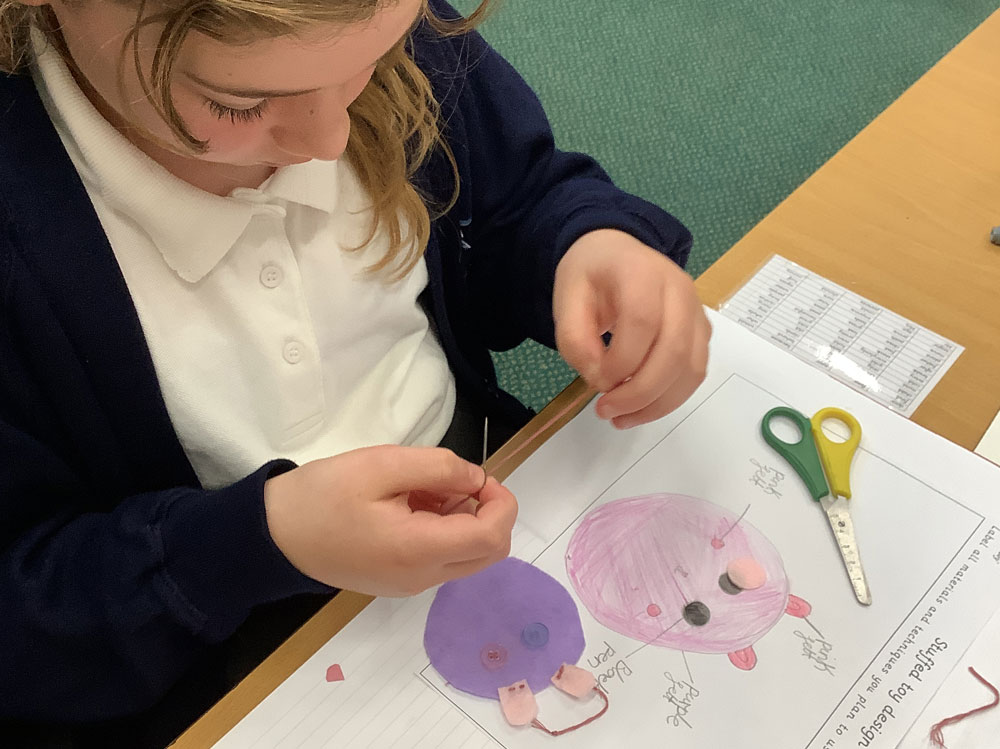
Alongside this, we use Milestones for teachers and Curriculum Leaders to monitor coverage and track progress across the curriculum, ensuring appropriate sequencing is in place. We use the milestones created by Chris Quigley Education, in conjunction with our thematic planning to ensure the children develop their knowledge and skills as they move from Early Years through to Key Stage 1 and 2. If you click on the tabs below, you will see the milestones for Early Years; Years 1 & 2; Years 3 & 4 and Years 5 & 6.
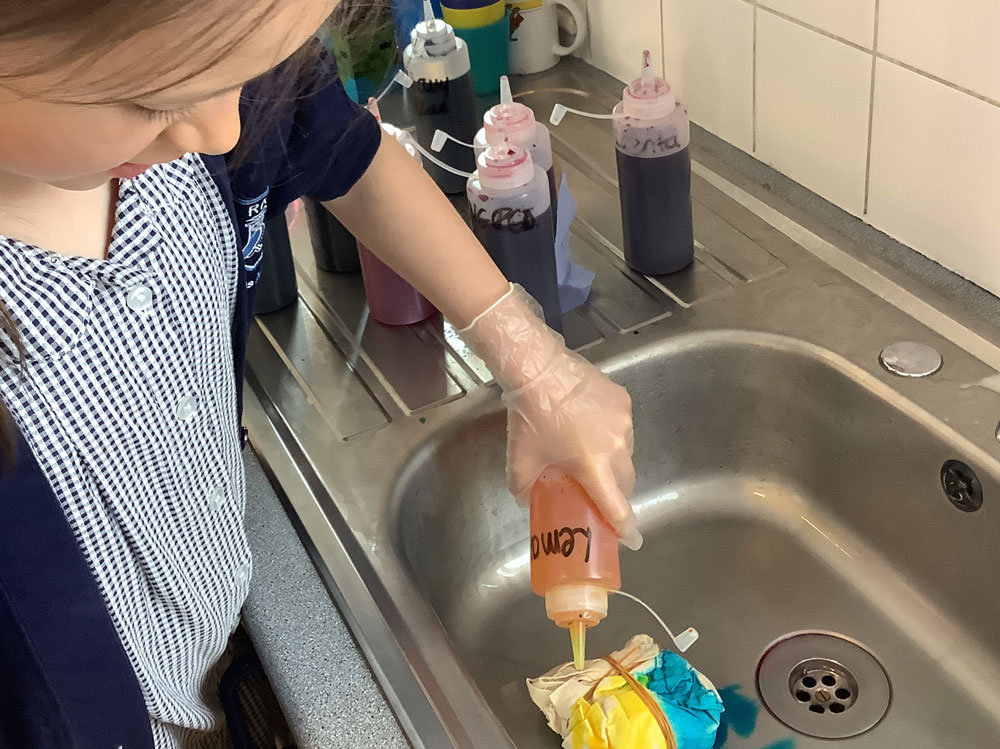
Please click on the links below to find out more about how we deliver our Design & Technology curriculum.
